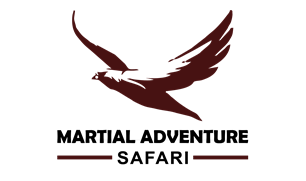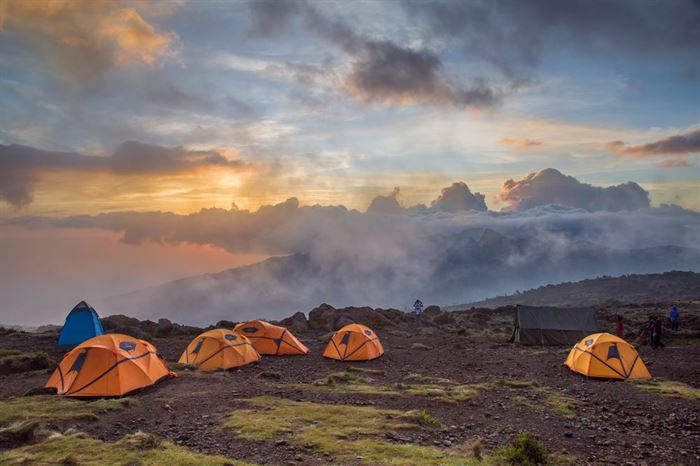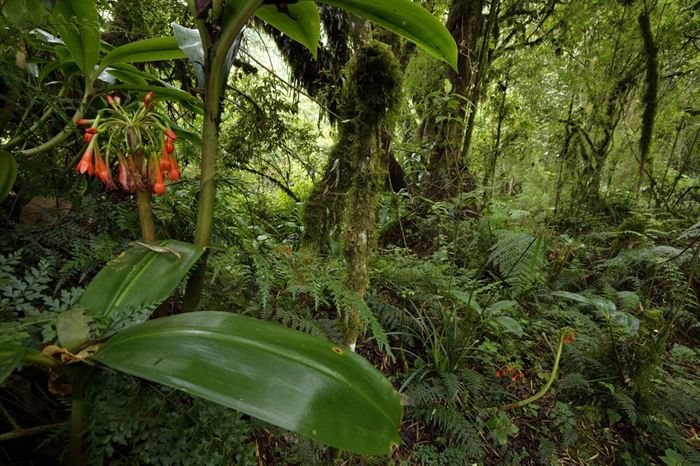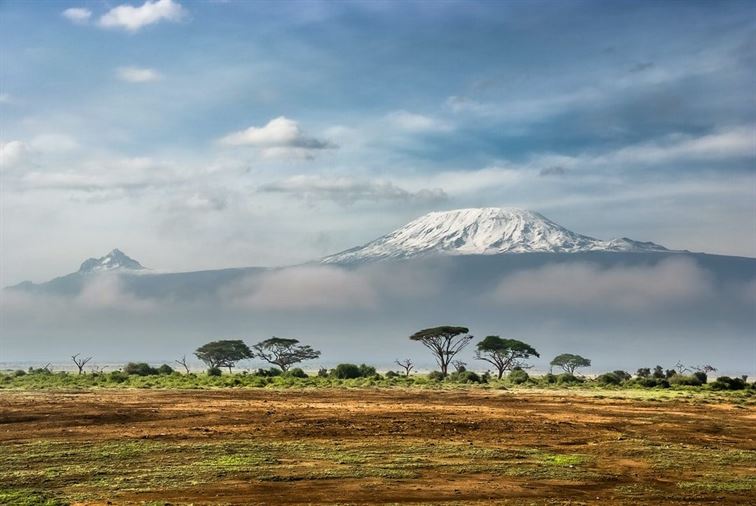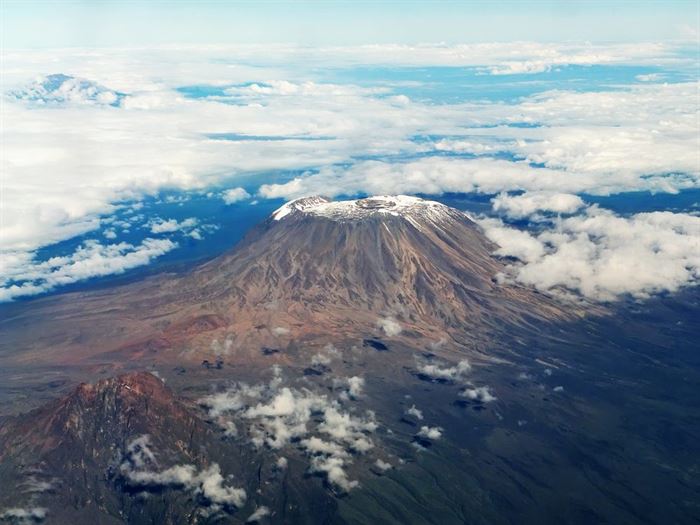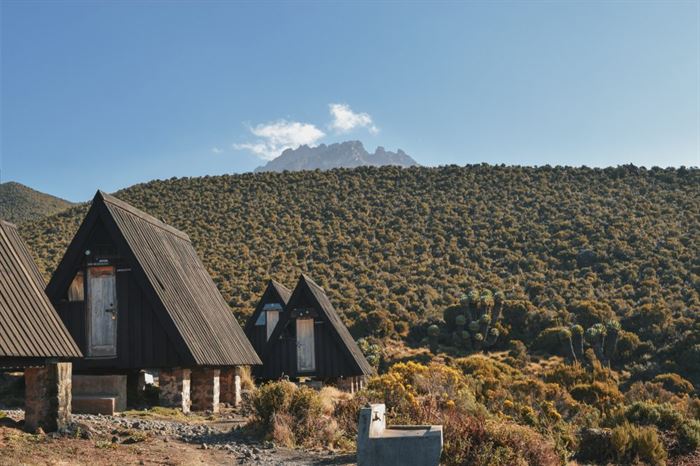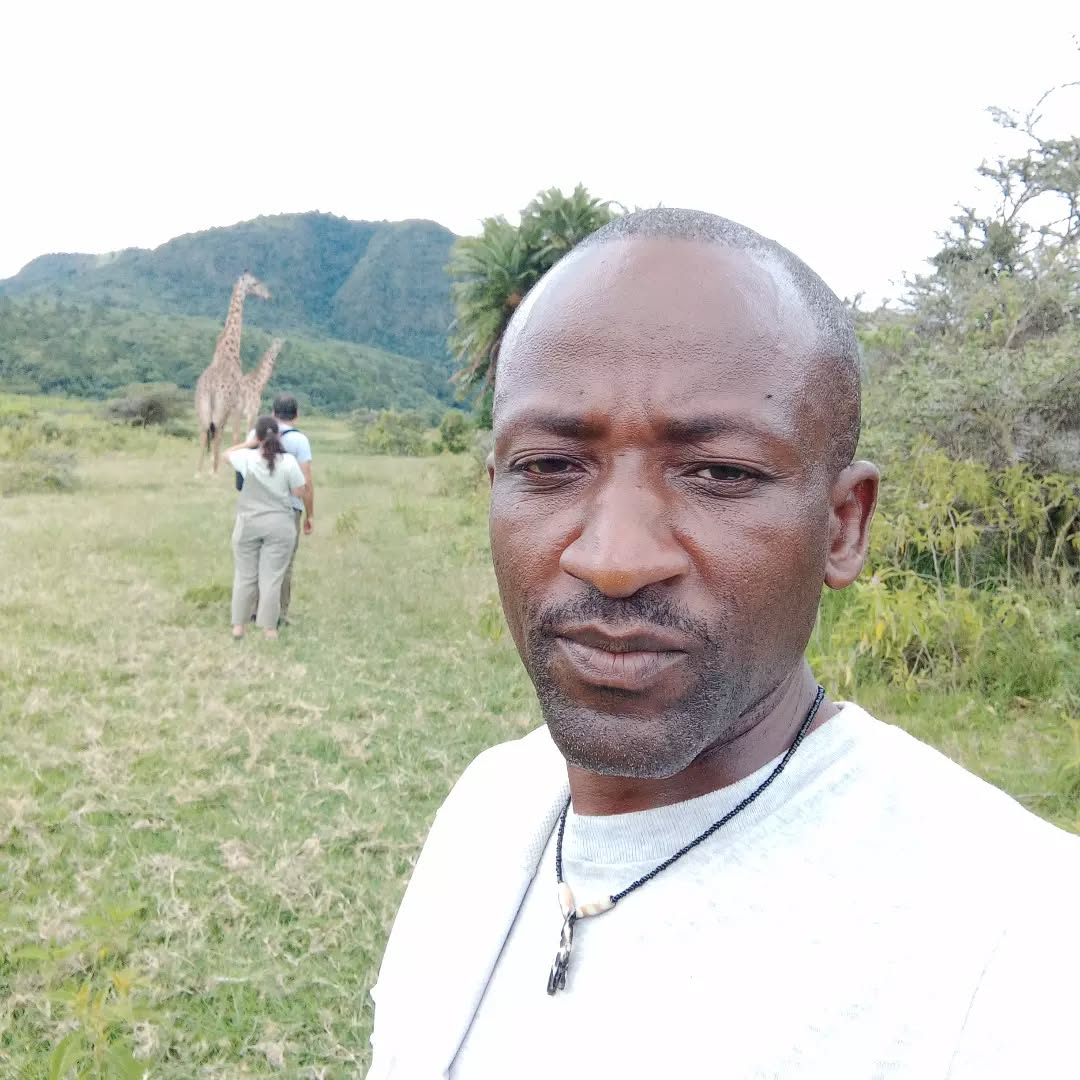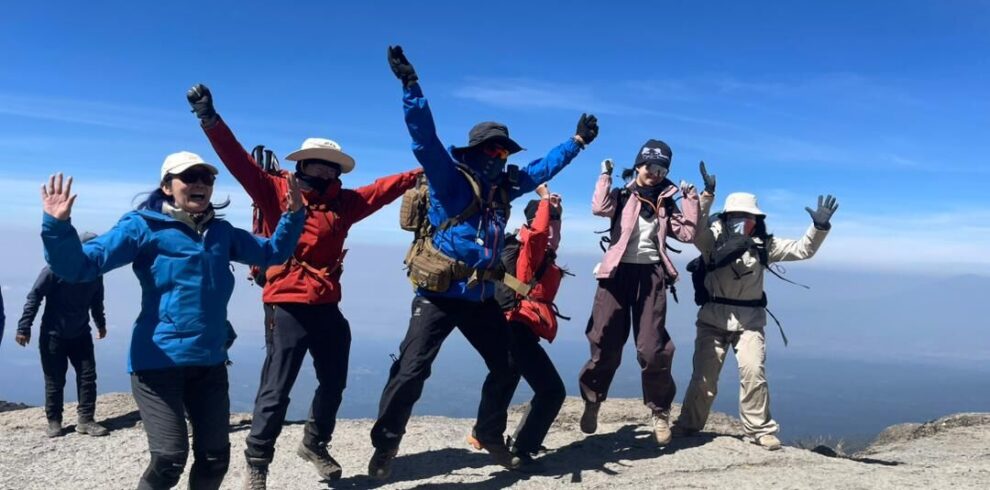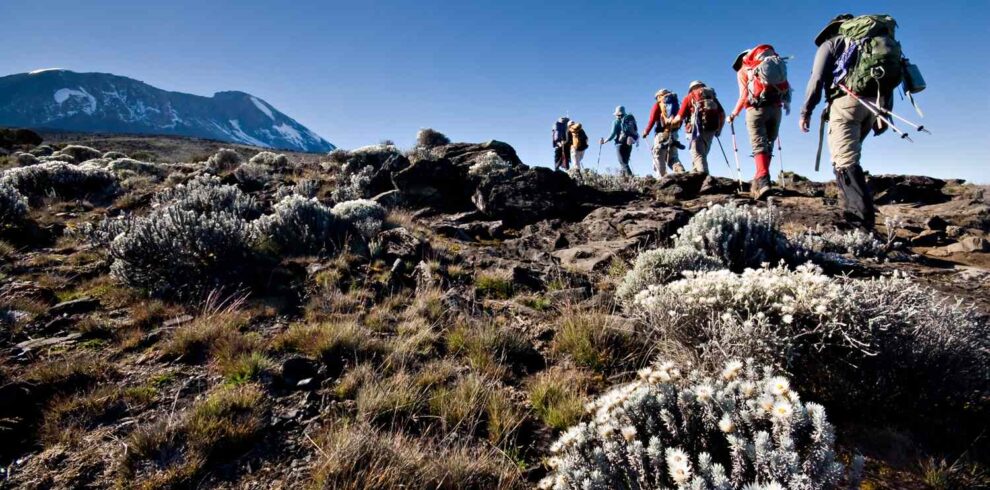Your 7-Day Kilimanjaro Trekking Umbwe Route adventure begins with a pickup from Kilimanjaro International Airport and transfer to your hotel in Moshi. Here, you’ll meet your expert guide for a detailed trek briefing and gear check to ensure you have all the necessary equipment. Any missing gear can be rented at this time.
At 8:00 AM, you’ll depart Moshi for Umbwe Gate, where you’ll meet our dedicated team of porters, guides, and cooks who will accompany you to Uhuru Peak—the highest point in Africa. After completing the registration process, you’ll begin your ascent towards Cave Bivouac Camp (Umbwe Cave Campsite). The initial trail is steep and can be slippery, winding through the dense, moss-covered trees of Kilimanjaro’s cloud forest. As you ascend, the forest gradually thins, revealing landscapes of towering heathers, wildflowers, and tall grasses.
Meanwhile, our porters and cooks will move ahead to set up camp, ensuring a warm welcome upon your arrival. Rest, enjoy a nourishing meal, and prepare for the adventure ahead!
